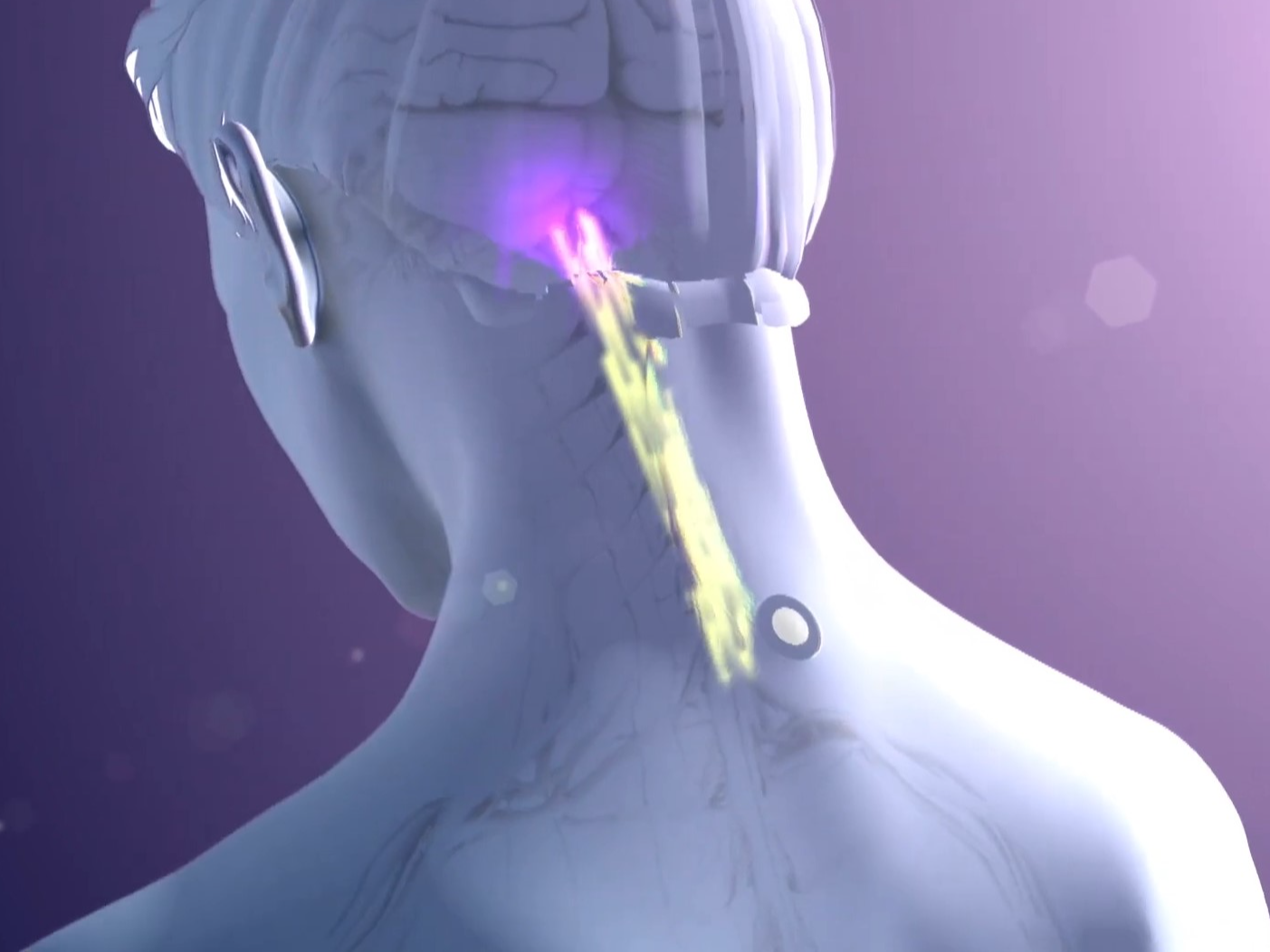
Collaboration: The Key to Disaster Resilience
In a world where the frequency of natural disasters, cyberattacks, and other emergencies seems to be on the rise, healthcare facilities can no longer afford to go it alone. Collaboration is not just a strategic advantage; it has become a necessity for disaster resilience. According to Jon Crosson, director of health sector resilience at Health-ISAC, the strength of a facility's external relationships plays a critical role in its ability to respond to and recover from crises.
The Importance of Strong Networks
No matter how well-prepared a healthcare organization thinks it is, there will always be unforeseen challenges during a disaster. The COVID-19 pandemic has underscored the importance of external support systems—whether that means relying on emergency services, partnerships with local governments, or collaborating with other healthcare institutions. The more robust the network, the better equipped a facility is to navigate disruption.
Collaboration extends beyond local ties; being part of a larger network, like an Information Sharing and Analysis Center (ISAC), can provide critical insights and resources. These organizations pool knowledge about emerging threats, transforming individual and collective experiences into actionable intelligence that can guide effective responses. Crosson emphasizes the significance of a strong threat intelligence program that synthesizes information from varied external sources.
Resources Available for Healthcare Facilities
There are numerous resources available for healthcare facility managers keen on enhancing their collaboration efforts. Key organizations, including the Cybersecurity and Infrastructure Agency (CISA) and the Department of Health and Human Services (HHS), provide platforms and materials that help keep the healthcare community informed and prepared. Engaging with these resources can lead to better preparedness and more efficient responses during crises.
In addition, private sector vendors are continuously offering valuable resources, hosting educational webinars and conferences that encourage collaboration. Groups like the HSCC Cybersecurity Working Group have created comprehensive tools like the Health Industry Cybersecurity – Matrix of Information Sharing Organizations (HIC-MISO), which maps out key information-sharing groups and their specific services.
Best Practices for Information Sharing
Building on this foundation, Health-ISAC has collaborated with the HSCC to produce the Information Sharing Best Practices guide. This practical resource educates healthcare organizations on effectively sharing intelligence, emphasizing why it's critical, what types of information are ideal for sharing, and the appropriate channels to use. Case studies provided in the guide illustrate successful real-world applications, making it an invaluable tool for managers looking to enhance their disaster resilience strategies.
Building Stronger Partnerships: A Collective Responsibility
The need for collaboration in healthcare facilities is an ongoing journey. No single organization possesses all the necessary tools and knowledge; hence, sharing experiences and resources will ultimately lead to stronger systems capable of withstanding and responding to disasters. Encouraging a culture of continuous partnership can build bridges that lead to improved patient care and community health outcomes.
As someone who cares deeply about health and community well-being, I encourage healthcare facilities to proactively engage with their networks and utilize the available resources. It's a collaborative effort that strengthens not just individual organizations but the healthcare system as a whole.
 Add Row
Add Row  Add
Add 




 Add Row
Add Row  Add
Add 

Write A Comment